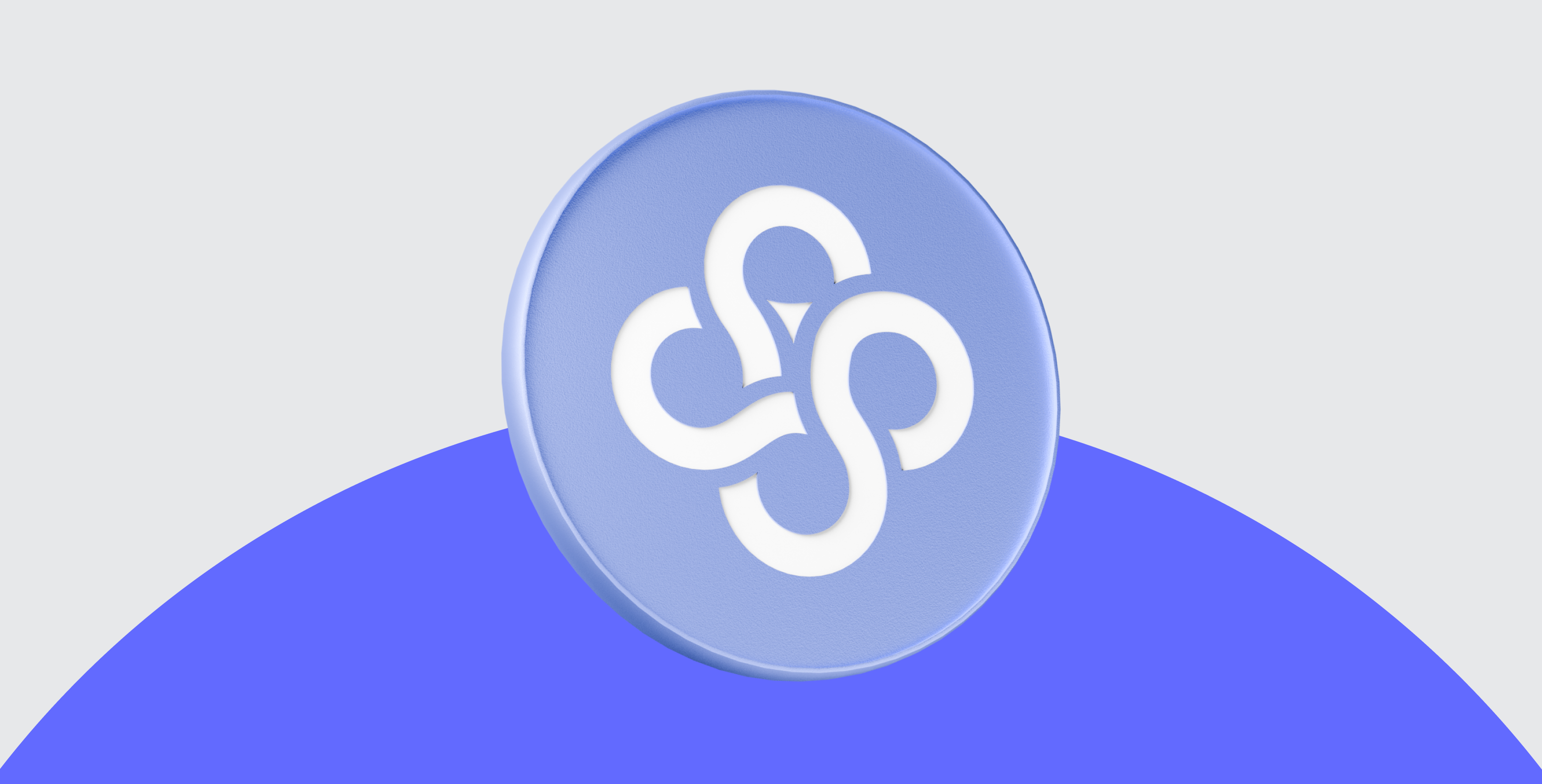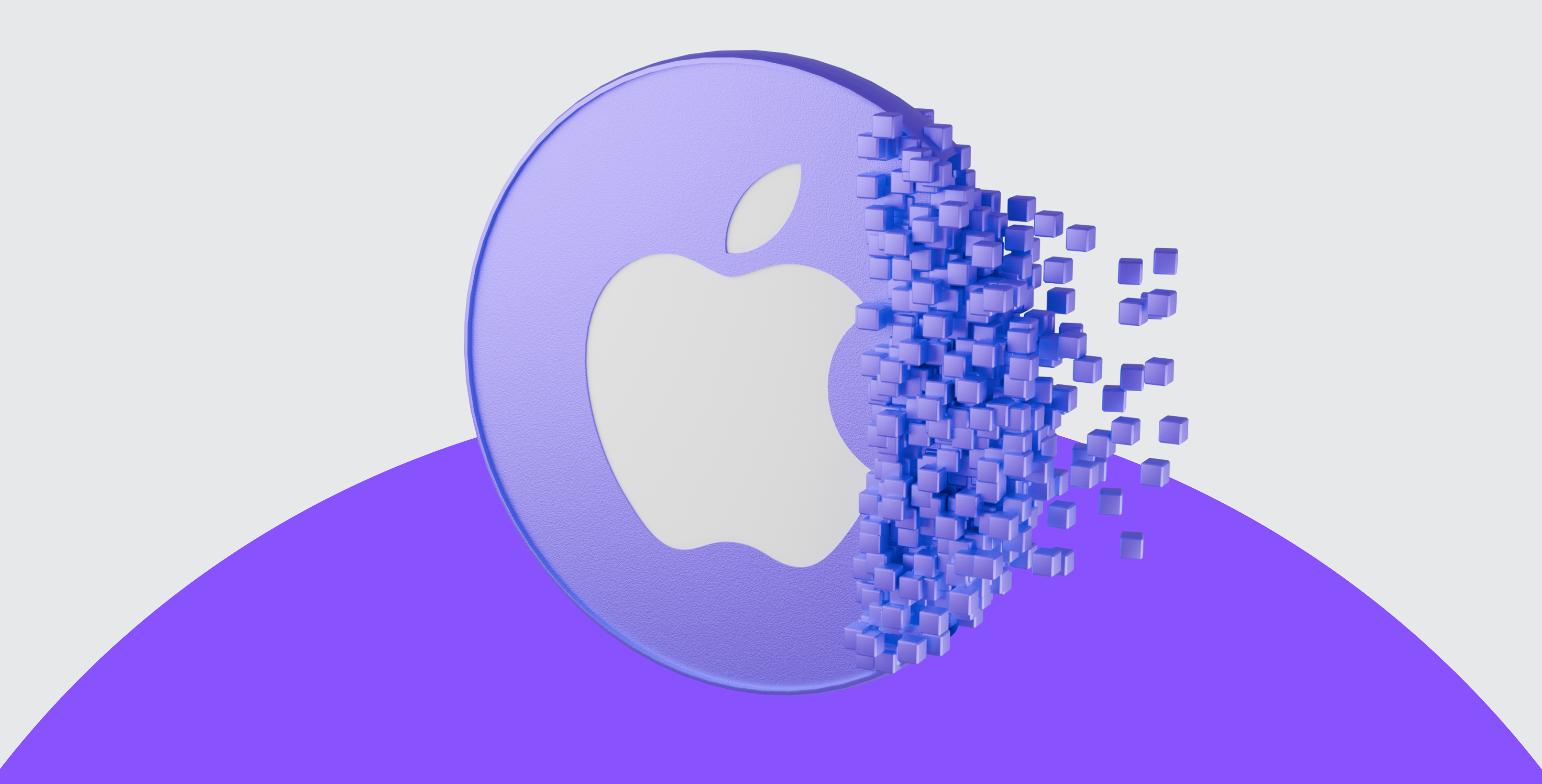What Is The Graph and How Does It Work?
.avif)
Since Bitcoin’s inception, the cryptocurrency market has become a lucrative sector with diverse utility and various blockchain projects and crypto assets. The Graph, a notable addition to this market, was founded in 2018 by Yaniv Tal, Brandon Ramirez, and Jannis Pohlmann.
The Graph (GRT) is an open-source and decentralised indexing protocol for blockchain data, designed to enable querying on the Ethereum network. The Graph network allows developers to build various APIs, known as subgraphs, for separate queries. The protocol addresses issues such as query security, property finality, chain reorganisation, and other challenges through the use of subgraphs.
This guide is designed to teach you everything you need to know about The Graph.
What Is The Graph (GRT)?
The Graph (GRT) is an Ethereum token that powers a decentralised protocol for indexing and querying data from blockchains. Similar to how Google indexes the web, The Graph indexes blockchain data from networks, organising it into open APIs called subgraphs that anyone can query.
Designed to facilitate data querying for networks such as Ethereum, Filecoin and IPFS, The Graph powers numerous applications in the DeFi and broader Web3 ecosystem. It allows developers to build and publish open APIs, known as subgraphs, which applications can query using GraphQL to retrieve blockchain data.
The Graph aims to bring reliable decentralised public infrastructure to the mainstream market, ensuring the economic security of The Graph Network and the integrity of the data being queried. It has been utilised by thousands of developers for DApps like Uniswap, Synthetix, Aragon, AAVE, Gnosis, Balancer, Livepeer, DAOstack, Decentraland, and many others.
The Graph’s native token, GRT, facilitates the entire network. Users who wish to submit queries for blockchain data pay a query fee in GRT, while node operators and subgraph developers earn the query fees. GRT is also utilised for network governance.
How Does The Graph Work?
As decentralised finance (DeFi) gains traction, The Graph protocol is becoming increasingly relevant in the crypto economy. The Graph enables developers and network participants to use public and open APIs to build subgraphs for various dApps, facilitating querying, indexing, and data collection. In April 2021 alone, The Graph’s hosted service processed 20 billion queries.
The network operates through the Graph Node, which scans the blockchain database to organise data. Developers and participants use GRT tokens to pay for creating and using subgraphs. By indexing data, developers can define its structure for use by dApps. Indexers create a decentralised query market where consumers pay in GRT to use network services.
The network is supported by Delegators, Indexers, and Curators, who provide curating and indexing services in exchange for GRT tokens. This incentivizes participants to improve APIs and ensure data accuracy. Consumers who query subgraphs pay network participants in GRT tokens via a gateway. In The Graph network hierarchy, Indexers are node operators that stake GRT tokens to enable indexing and querying. Users can build and use apps on Ethereum, IPFS, and PoA through GraphQL, with more networks expected to be supported in the future.
What Makes The Graph (GRT) Unique?
The Graph network stands out as the first decentralised market for querying and indexing data for dApps, offering a unique utility in the blockchain and cryptocurrency sector. This uniqueness is reflected in its purpose: providing easily accessible data for consumers on The Graph network. Supported by network participants, Indexers act as node operators to create a decentralised market for indexing and querying data from various blockchain sources, such as Ethereum.
The Graph addresses the challenges associated with creating dApps by resolving indexing issues and proprietary concerns, making it a pioneering project in this space.
What Gives The Graph Value?
The Graph holds both technical and market value, with GRT tokens actively traded in the cryptocurrency market. Several factors contribute to its value, including its blockchain architecture, total supply, circulating supply, project roadmap, technical features, mainstream use, regulations, adoption, updates, and upgrades.
The intrinsic value of The Graph lies in its ability to provide highly accessible curation, indexing, and organisation of data from other networks. The launch of its mainnet in 2020 further enhanced its value, as the project progresses towards achieving complete decentralisation of dApps and serving as a gateway to Web 3.




